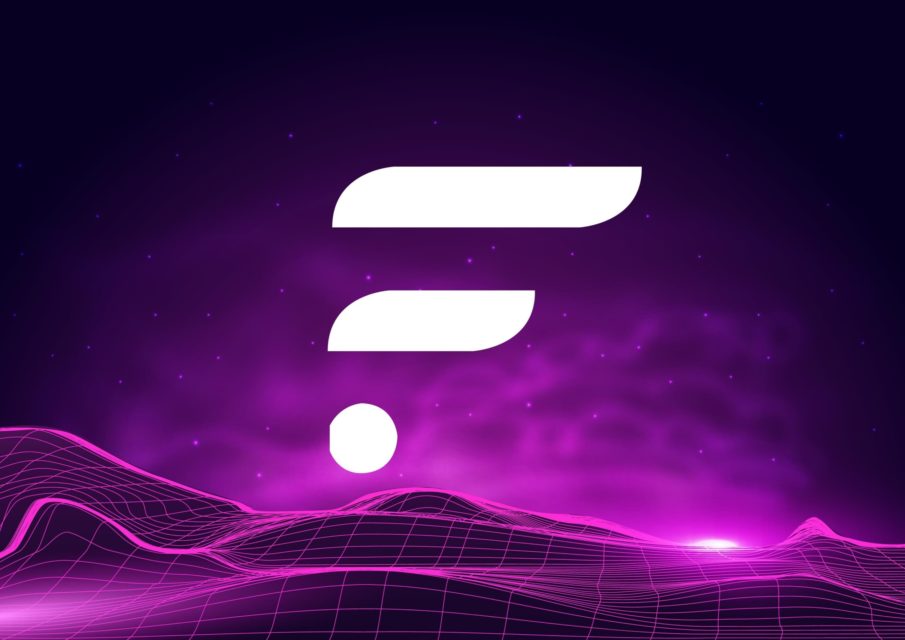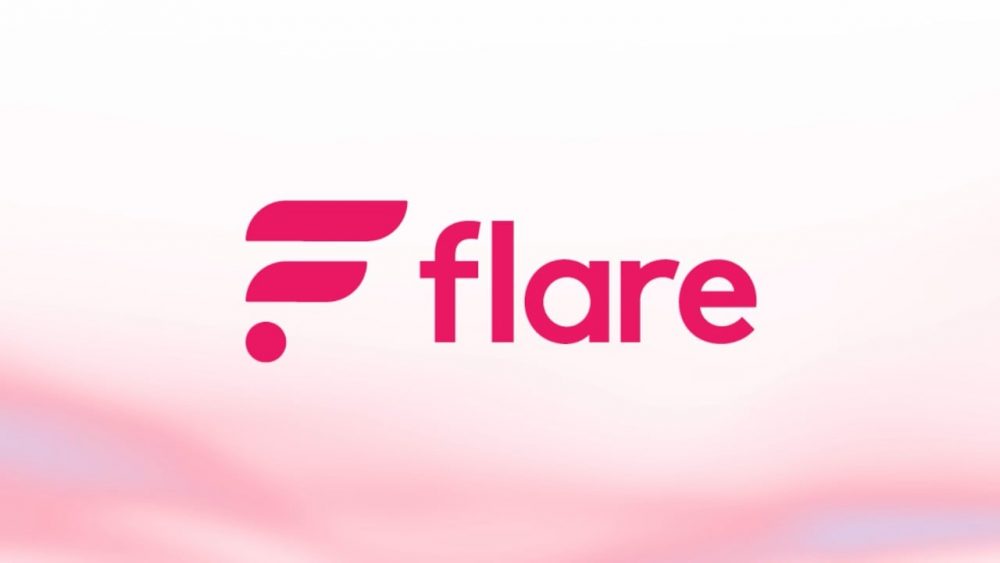Blockchain Flare, for developing applications that use data from other chains and the internet, has successfully completed its long-awaited token airdrop.
The flare token airdrop finally took place after a two-year wait, with 4.28 billion tokens distributed to millions of buyers on Monday.
Flare Network’s Airdrop Distribution Successfully Happened
The airdrop, which was originally planned to be distributed in 2020, took place on Monday at 03:00 Turkish time. In the token distribution, 4.28 billion Flare (FLR) tokens, the native coin of Flare, were distributed to millions of buyers, including Binance, OKX, Kraken, Bithumb, UpBit, Kucoin, BitBank and more.
The airdrop marks a significant milestone for Flare as developers can now begin to leverage Flare’s EVM and native data collection protocols, State Connector and Flare Time Series Oracle.
These network-secured native protocols provide decentralized access to high-integrity data from other blockchains and the internet, enabling the creation of new use cases and monetization models.

What is Flare?
Flare’s State Connector protocols enable secure, scalable and reliable use of information with smart contracts on Flare. This offers the strongest data class in the network and enables more cross-chain solutions to be built. The State Connector gets its security from combining several decentralized validators with a binary forking protocol that allows the malicious majority of data providers to be challenged. Unlike a proof-of-stake based system where data providers are required to deposit value, the State Connector’s security is not limited to the amount invested in the system. This means State Connectors are immutable in security based on the size of a transaction, providing a secure system that can handle large amounts of value.
The Flare blockchain is a Layer 1 network that encompasses data collection protocols and an oracle service. At the same time, Time Series Oracle provides highly decentralized prices and data feeds to crypto applications without the need for centralized data providers. Flare says the oracle service has around 100 independent data providers that provide reliable data every three minutes.
Flare CEO and Co-Founder Hugo Philionsaid the following on the subject:
“We need more useful decentralized applications for the blockchain industry to thrive. Flare provides not only prices but also transaction details, Web2 events, etc. solves this problem through data.
The goal of Flare is to enable developers to develop applications that securely access more data. Philion “This can enable the creation of new use cases, such as triggering a Flare smart contract action with a payment on another chain or with input from an internet/web2 API. It also facilitates a new bridging method to bring smart contract tokens to Flare, specifically for use in applications such as DeFi protocols.” said.





